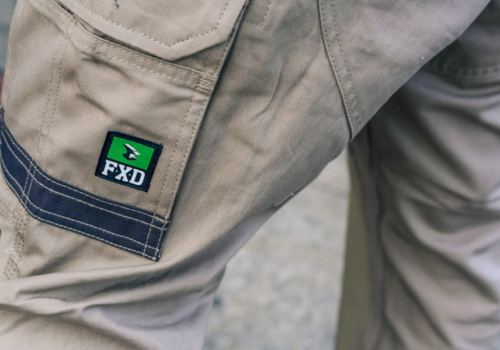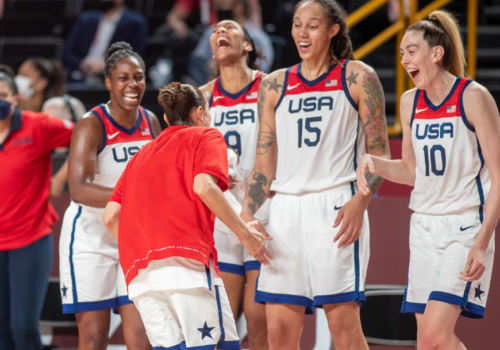Portrait Photography
Individuals are easily the main subject for photographs. From party button snaps, to photos of kids and travel shots of family people before famous monuments, millions upon huge numbers of people photographs are taken each and every say of the season.
Portrait photography is a touch dissimilar to general people photography. The intent of portrait photography is capture and displays something from the ‘essence’ of someone to say something regarding their character, personality, or existence.
Camera configurations for portrait photography
Because taking portrait photographs is about an individual’s face (or maybe it is a wider shot, their mind-and-shoulders), classic portrait photography configurations aim to remove anything annoying in the background from the shot. This imitates the result of searching at someone’s face from very close-up, and helps make the subject ‘pop’ (this really is digital photographer-speak for ‘stand out and capture attention’). The best way to acquire a distraction-free portrait photo is by using a large aperture, frequently as wide as you possibly can (f/2.8 or f/4 are popular options). Wide apertures create a shallow depth-of-area, which renders anything not even close to the plane of best focus – i.e. the backdrop – like a soft blur.
Lighting for portrait photography
Lighting in portrait photography is often as complicated as you desire. Professional portrait photography is nearly always completed in a studio, in which the lighting could be 100% controlled. Let us discuss an easy lighting plan you are able to setup in your own home. First, position your model in a window. The sunshine from the window ought to be vibrant, although not direct (i.e. not coming from the sun’s rays). Your model ought to be facing you, side onto your window. Light in the window light will clearly illuminate alongside it of the face that’s nearest into it. Then, position something on the other hand of the model which will bounce reflected light in the window onto sleep issues of the face.
Now you must own a fundamental, flattering light plan, using the primary source of light on one for reds of the model’s face, and ‘fill’ light in the reflector alternatively. Remember that you need to frame the shot close enough that he reflector is away from the shot.
Getting together with your subject
Portrait photography inevitably states something concerning the relationship between digital photographer and subject. Unless of course you are shooting professional models, the toughest factor about taking portrait photos isn’t actually camera configurations or lighting, but making certain that the model feels safe and relaxed enough to provide you with great results. One who feels awkward, uncomfortable or self-conscious won’t photograph well.
Frequently the very best technique to relax your model is just to interact with them in conversation, because this will steer away their mind from the camera. They’ll most likely get at ease with the procedure after you have rattled and shook off a couple of shots, so schedule a respectable amount of your time and intend on taking your very best shots for the finish from the session.




